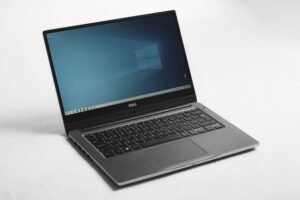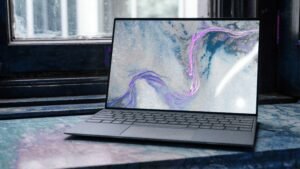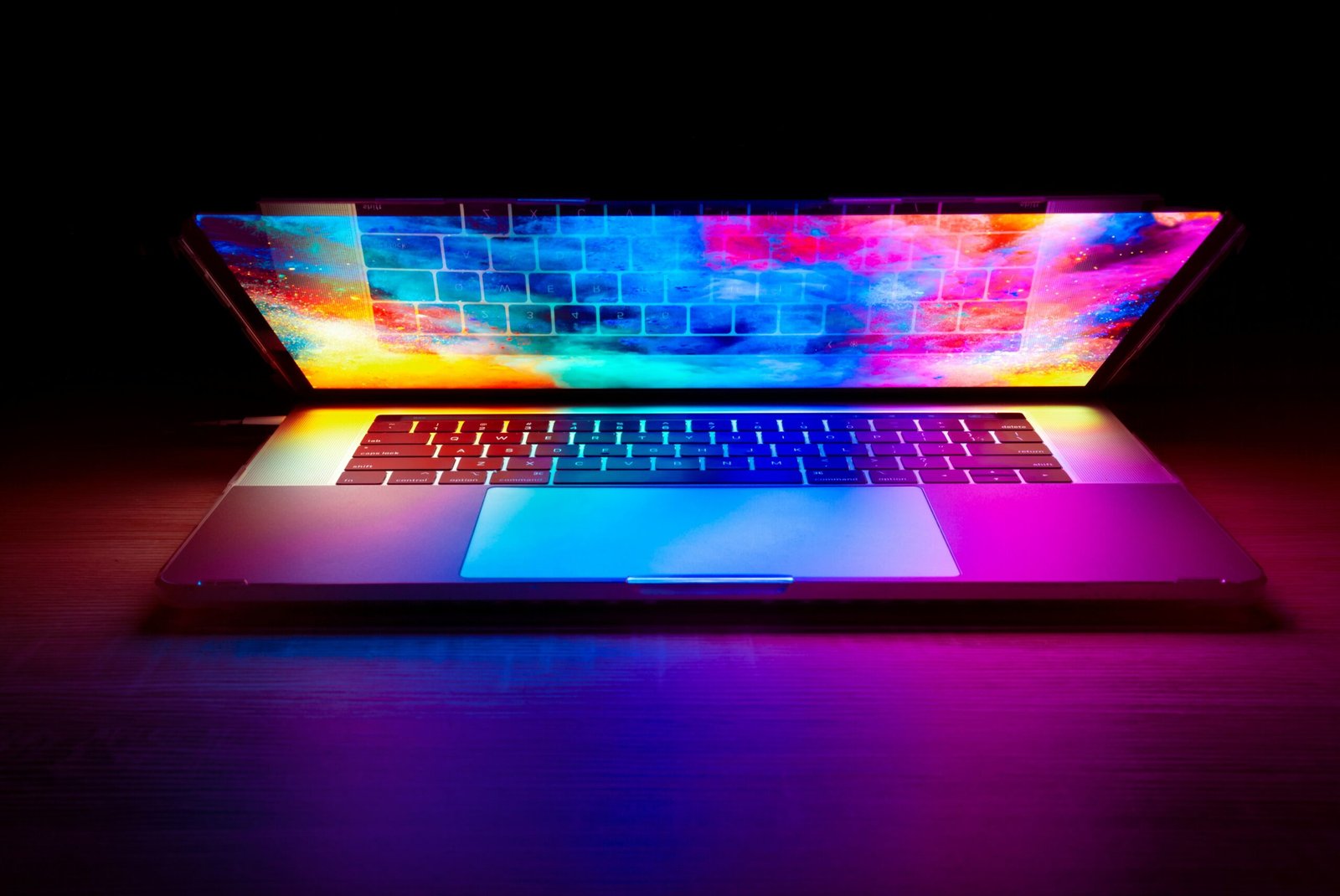BEST TIPS TO BUY LAPTOPS-EVERYONE MUST KNOW
1.How You Will Use the Laptop
Carefully evaluate what your main applications and use cases will be for your next laptop purchase. You want the specifications and hardware to match the workload demand you expect. For example:
- Everyday Web Browsing & Productivity Work – If you just plan to browse the internet, check email, write documents in Microsoft Office or Google Workspace, make video calls, manage calendar schedules and other “office type” productivity work, you likely can save money by avoiding premium flagship laptops. Mid-range or budget options around $400-$800 would suit basic needs well.
- Photo & Video Editing – If editing images in Photoshop or high-resolution video footage in Premiere is critical, you may want a laptop with 8-16GB RAM, a dedicated NVIDIA graphics card, a high color gamut & brightness IPS display for accuracy, and fast SSD storage for responsiveness and loading assets . A high-end “creator” laptop best handles these programs – expect higher budgets $1200+.
- 3D Modeling & CAD Design Software – Running intensive engineering modeling, CAD and product design software typically demands a powerful processor (Intel Core i7, AMD Ryzen 7/9), at least 16GB RAM, workstation-level graphics like NVIDIA Quadro cards, and 512GB+ fast SSD storage for excellent viewport, texture and simulation responsiveness. Expect to spend $1500+ for a portable mobile workstation.
- PC Gaming – Those wanting to play modern, demanding AAA PC video game titles at 1080p High-Ultra may want a gaming laptop with Intel Core i7 CPU, potent NVIDIA RTX series graphics cards, 16GB+ RAM, high display refresh rates (144Hz+), precision trackpads/gaming mouses and robust cooling. Budget for $1200-$2500+ for a advanced gaming machines that can handle graphics-intensive games smoothly.
2.Screen Size and Resolution
Carefully evaluate which screen size makes the most sense for your needs and also opt for the sharpest, most vibrant display within budget.
Screen Size:
- 11″ to 13” – Best for travelers prioritizing extreme portability. While great on-the-go, prolonged use risks eye and neck strain.
- 14″ to 15.6” – A popular range, offering the best balance of mobility and screen real estate for all-purpose home and work use. They can still fit into many laptop bags and backpacks. I would recommend this size for most laptop buyers.
- 16” to 17.3” – Ideal as an affordable mobile workstation replacement or premium home computer. The larger screen facilitates working with multiple documents and programs simultaneously. However, they are less suitable for public transportation commuters or students due to size and weight.

Screen Resolution:
- 720p or 1366 x 768 pixels – This lower resolution is found mostly on basic laptops under $400. Text, images and media will appear less crisp. I’d avoid unless on a very tight budget.
- 1080p or 1920 x 1080 pixels – The 1080p standard provides good clarity at a great value. 1080p screens emit enough brightness and clarity for everyday use. This is the baseline I would recommend.
- 1440p or 2560×1440 pixels – High-end laptops around $1000+ offer sharper 1440p QHD or 2K resolutions. This enhances photo editing work, web browsing, games and video watching – though it taxes battery life more.
- 4K or 3840 × 2160 pixels – Only essential for visual design work. Battery life drawbacks. Most laptop users don’t need such a dense 4K resolution.
3.Storage Capacity
Storage is where all your programs, documents, photos, videos, music and other data files reside internally on your laptop. When selecting capacity, first determine how much space you realistically need currently and for future growth.
As a baseline, I’d recommend aiming for a 256GB solid state drive (SSD) as the primary boot drive minimum. Here’s a storage breakdown:
- 128GB SSD – Typically too small for most users once the Windows operating system and everyday applications are accounted for.
- 256GB SSD – The sensible minimum capacity that provides headroom once the OS, Microsoft Office, creative programs, browser, antivirus protection and assorted data are stored. Still easy to fill up for prolific users.
- 512GB SSD – A popular mid-range size that accommodates even large multimedia files while retaining free space. Gamers may want 1TB instead.
- 1TB SSD – Ideal for power users that actively work with video production files, photography archives, PC games and other large data sets. Gives you peace of mind to install endless programs.

4.RAM Amount
When selecting a laptop, investing in sufficient RAM is vital – this temporary memory gets used by open programs and browser tabs to quickly access data without wasting time accessing the slower internal storage drives. Insufficient RAM leads to frustration from lag, freezes and crashes.
For most users buying a Windows or Mac laptop today, I strongly advise choosing 16GB of RAM if you can afford it in your target budget. Here’s some context:
- 4GB RAM – This barebones capacity is only found on the most basic laptops and Chromebooks. It will seriously handicap performance for daily multitasking and business use.
- 8GB RAM – Still common on affordable laptops under $700. 8GB suffices for essential-only tasks like web access, office work and video chat. However, it still risks some slowdowns when pushing limits.
- 16GB RAM – Considered the present-day laptop standard for responsive daily use, especially when keeping dozens of browser tabs and apps open simultaneously. 16GB enables seamless multitasking critical for studying, content creation and productivity.
- 32GB+ RAM – Overkill capacities reserved for advanced engineering and creative industry applications dealing in 3D, video editing and heavy data sets requiring immense memory access speed.
5.Laptop Brand and Reliability
When purchasing a laptop, the brand reputation and expected reliability should be an important factor in your decision making. A laptop is a major investment that you likely intend to depend on for years of daily use.
For Windows machines, leading stalwart brands known for quality products include:
- Dell – Covers all ranges from affordable Inspirons to premium XPS and Alienware gaming models. Typically great build quality with decent pricing.
- Lenovo – Affordable Ideapads, mainstream Thinkpads and workstation Thinkpads offer tried and tested reliability. Common in corporate environments.
- HP – Massive global presence with numerous model lines spanning consumer and business needs, plus high-end ZBook mobile workstations.
- Asus – Features innovative designs and competitive pricing with mid-range Vivobooks and expert high-end Zenbooks and ProArt devices.
- Microsoft – Their Surface laptops and 2-in-1 convertibles earn positive reviews on premium hardware innovations and build integrity.
- Acer – Budget Aspire series delivers respectable value, while advanced ConceptD devices focus on creator performance.

WANT TO KNOW ABOUT TOP 5 AI TOOLS?—CLICK HERE

1 thought on “BEST TIPS TO BUY LAPTOPS-EVERYONE MUST KNOW”